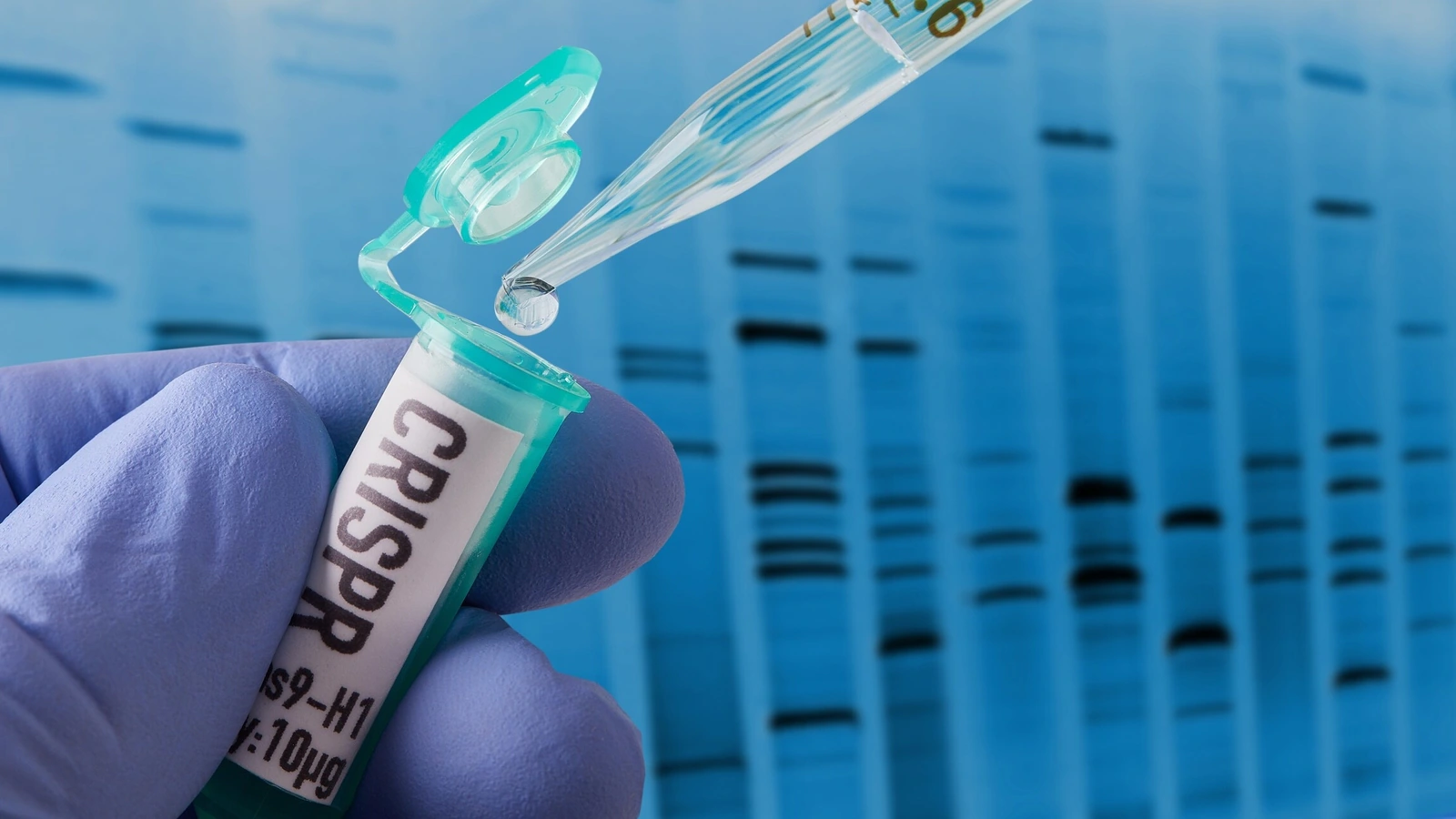Scientists at the University of California, Berkeley, are working to develop a test which detects Covid-19 faster than the RT-PCR test by combining two different types of CRISPR enzymes which creates an assay that will be able to detect small amounts of viral RNA in less than an hour.
The team is led by Jennifer Doudna who shared the 2020 Nobel Prize in chemistry for the invention of the CRISPR-Cas9 genome editing. David Savage and Patrick Hsu are also part of the team. The findings of the research were published in the journal ‘Nature Chemical Biology’, according to a report by news agency ANI.
The new technique, however, is not able to rival the sensitivity of RT-PCR but is at a stage where it can detect just a few copies of the virus per microliter of liquid. Currently, it is able to detect 30 copies per microliter — sufficient to be used to survey the population and limit the spread of infections.
“You don’t need the sensitivity of PCR to basically catch and diagnose Covid-19 in the community, if the test’s convenient enough and fast enough,” Savage, who is a professor of molecular and cell biology, said. “Our hope was to drive the biochemistry as far as possible to the point where you could imagine a very convenient format in a setting where you can get tested every day, say, at the entrance to work,” he further explained.
The team also developed another technique called the Fast Integrated Nuclease Detection in Tandem (FIND-IT) which can allow for quick and inexpensive diagnostic tests for several other infectious diseases. Tina Liu who is a research scientist in Doudna’s lab at the Innovative Genomics Institute (IGI), a CRISPR-focused centre involving UC Berkeley and UC San Francisco scientists says that the project was initially started to impacting Covid-19 but it can be applicable in order to detect other diseases since CRISPR is programmable.
“You could load the CRISPR enzyme with a sequence targeting flu virus or HIV virus or any type of RNA virus, and the system has the potential to work in the same way. This paper really establishes that this biochemistry is a simpler way to detect RNA and has the capability to detect that RNA in a sensitive and fast time frame that could be amenable for future applications in point of care diagnostics,” Liu said.


